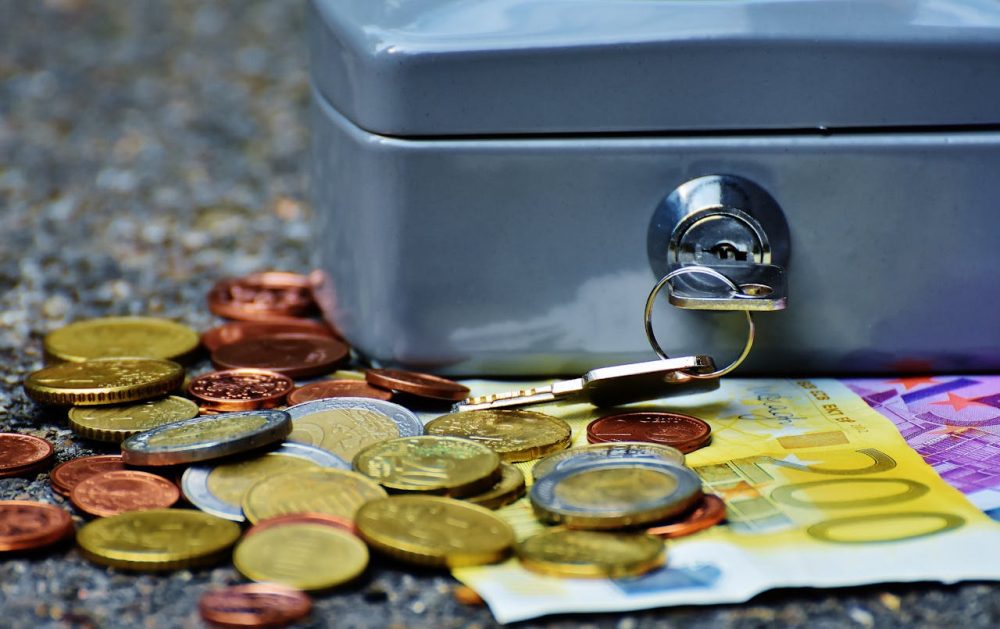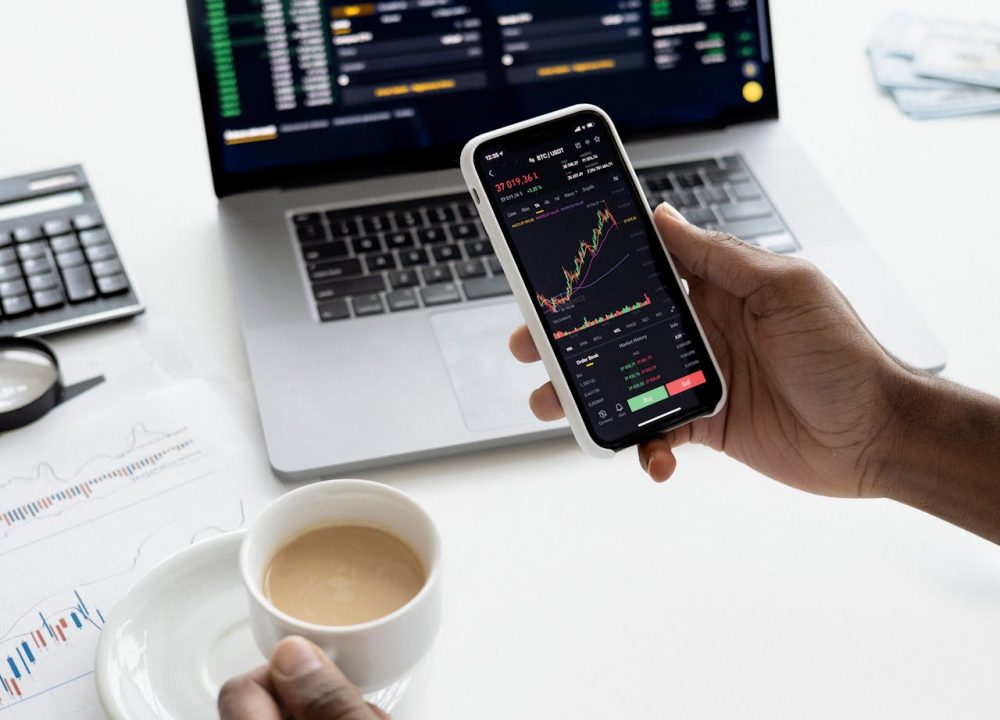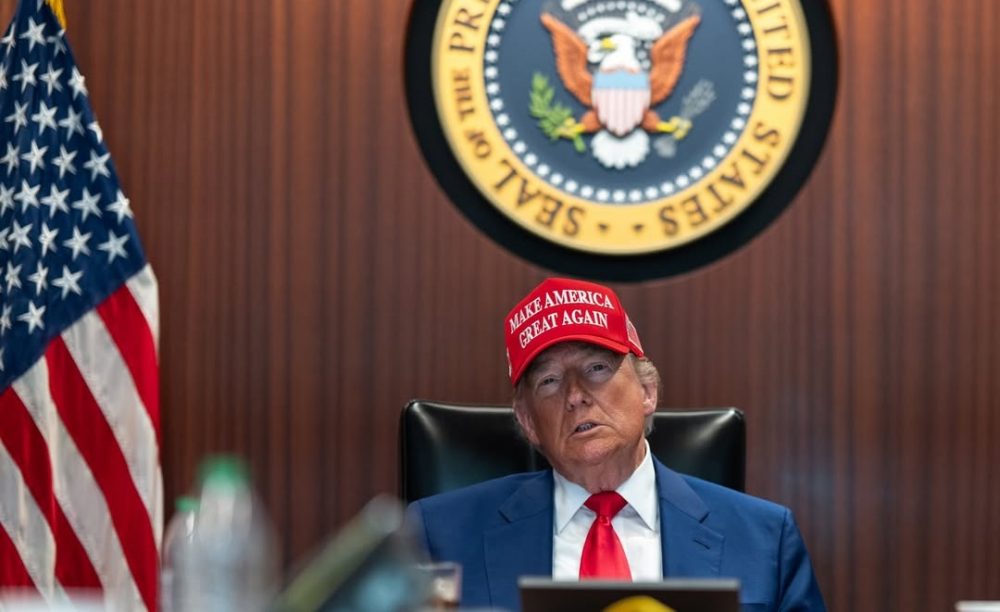Recently, a microscopic Louis Vuitton knockoff bag made headlines after selling for more than $63,000 at an auction. This extravagant price tag may make someone wonder how a nearly invisible replica became worth more than the average person's annual salary.
Upon closer inspection, however, this tiny little product raises concerns about the motivations behind counterfeit fashion goods and the increasing acceptance of knockoffs. Here are the details of the tiny little bag that sold for a whopping $63,000.

BBC / The LV-style microscopic bag is manufactured by the leading fashion brand, MSCHF.
The Rise of Counterfeit Goods
Counterfeit products have been around for centuries. But the emergence of technology and the internet has made it easier for these phony goods to spread. And the fashion industry is not exempt from this trend. Today, it is not uncommon to find fake designer bags, watches, shoes, and clothing on marketplaces. Both online and offline.
According to a 2020 report by the International Trademark Association (INTA), the global value of physical counterfeiting continues to increase-and is forecasted to reach $1.82 trillion by 2025.
The Increasing Acceptance of Knockoffs
One reason why counterfeiting has become such a lucrative business is the general acceptance of knockoffs. Many consumers who cannot afford original designer products - without resorting to debt or sacrificing their savings - are willing to settle for fake or imitation items.
However, the rise of counterfeit fashion goods has led to severe economic consequences for fashion brands and designers. And the luxury market is losing over $2 billion annually in sales due to knockoffs.

The Talks / In 2023, Counterfeit Products are attracting Gen Z in an unprecedented way. And no fashion brand is doing it better than LV!
The Danger of Counterfeit Goods
Counterfeit products do not only have an impact on the bottom line of the fashion industry. Instead, they also pose a risk to consumers. Unlike authentic goods, knockoffs do not comply with safety standards, and they often contain harmful materials such as lead, cadmium, or other toxic substances.
In the case of the microscopic Louis Vuitton bag, the buyer paid a fortune for an item that could easily have been swallowed by someone. No pun intended! The bag's limited size also meant that it could only be used as a decorative item rather than a functional accessory.
The Legal Consequences of Counterfeit Goods
Counterfeiting has legal consequences that include the indictment of violators and the seizure of fraudulent products. Businesses also have the right to take legal action against infringers to protect their intellectual property.

BBC / The latest microscopic LV-styled bag is the epitome of modern counterfeiting.
However, the inability of law enforcement authorities to act effectively in the face of the rising tide of fraudulent activities means that the perpetrators of counterfeiting crimes usually escape conviction. And continue to operate.
Summing Up
The astronomical price of the microscopic Louis Vuitton knockoff bag highlights the alarming truth about counterfeiting. It raises ethical, economic, legal, and moral questions that require further attention. While it may be tempting to purchase knockoff designer products, the danger and legal and economic impact of these products make it paramount to desist from them.
Consumers need to educate themselves about how counterfeit goods can harm their health and wallets. Similarly, the fashion industry also needs to work together to develop new strategies to prevent the proliferation of counterfeit fashion goods and promote the value of originality.






